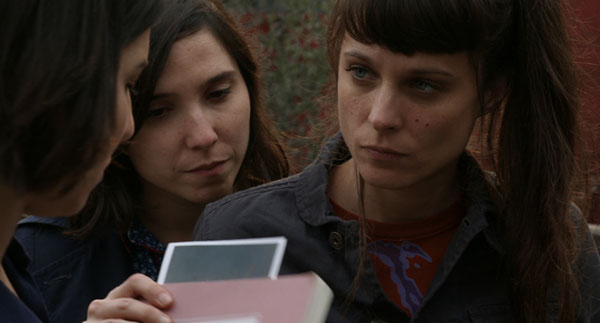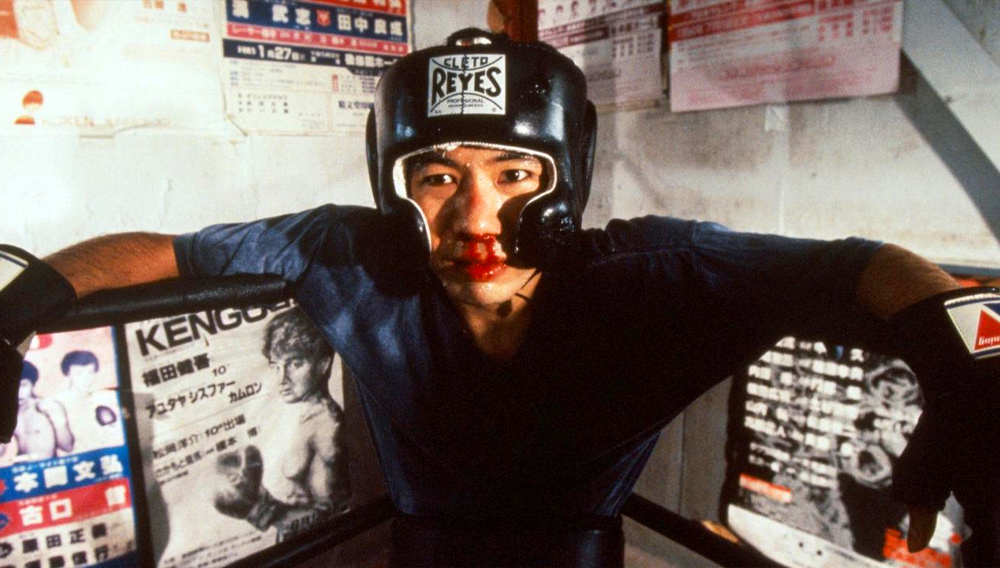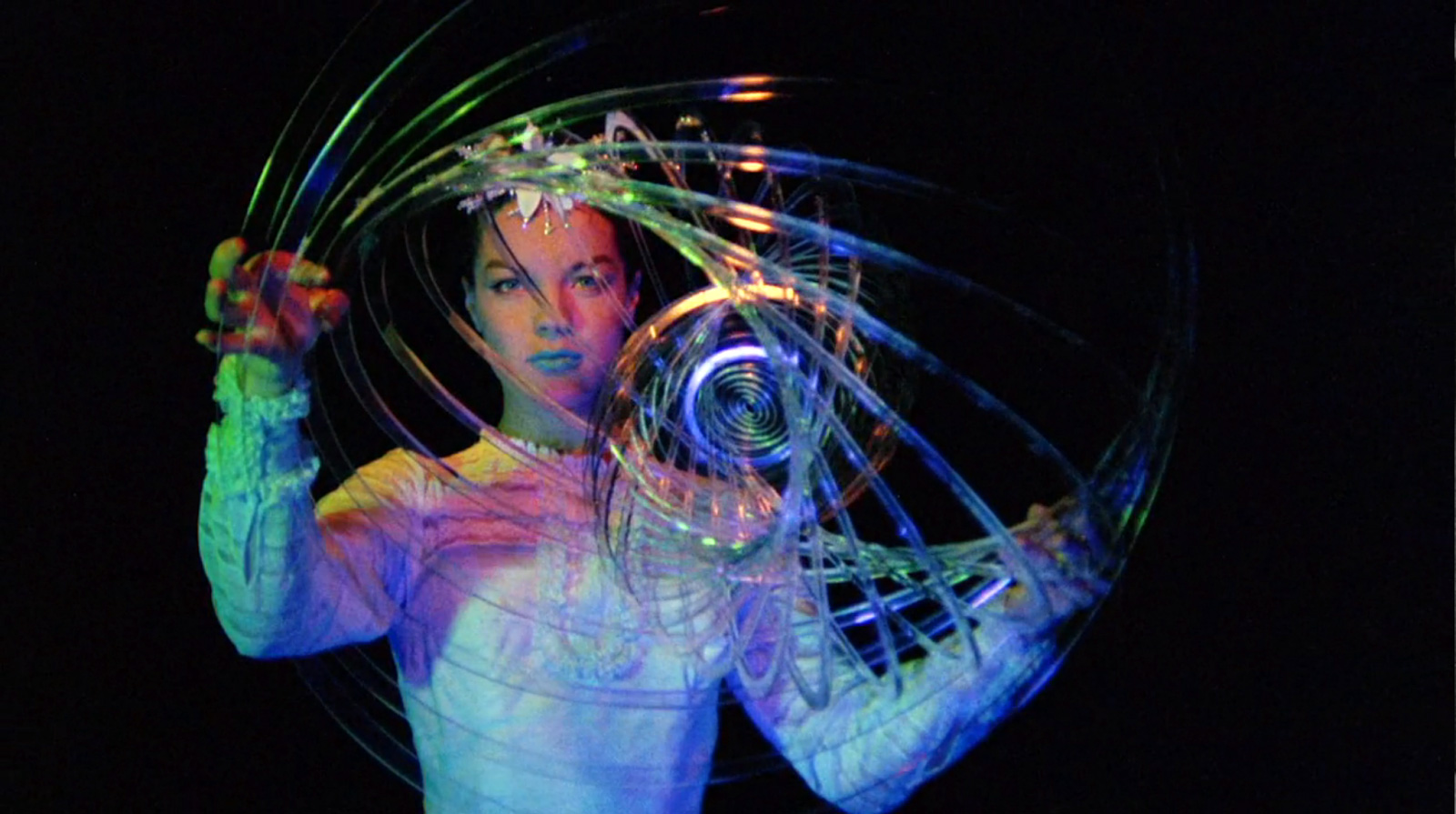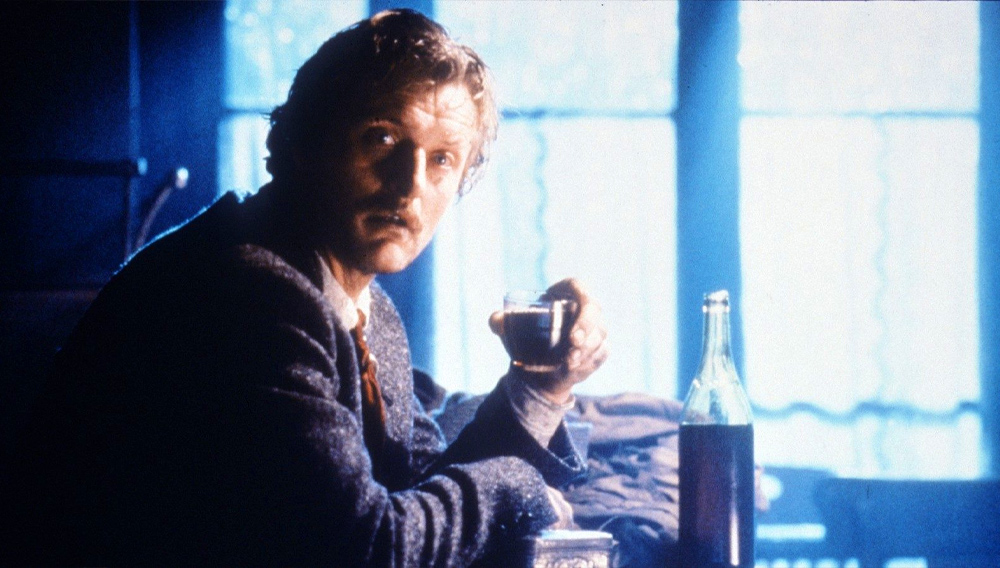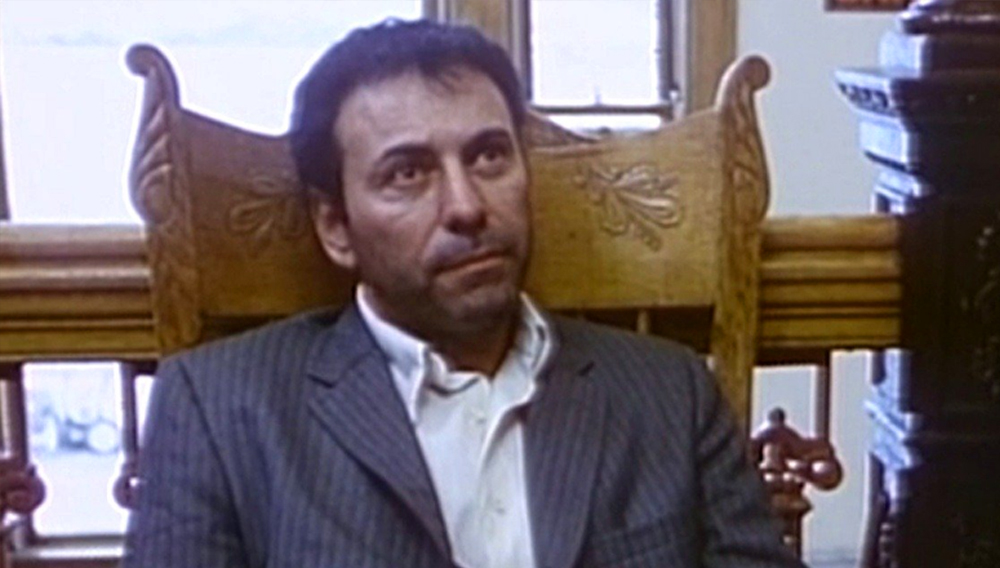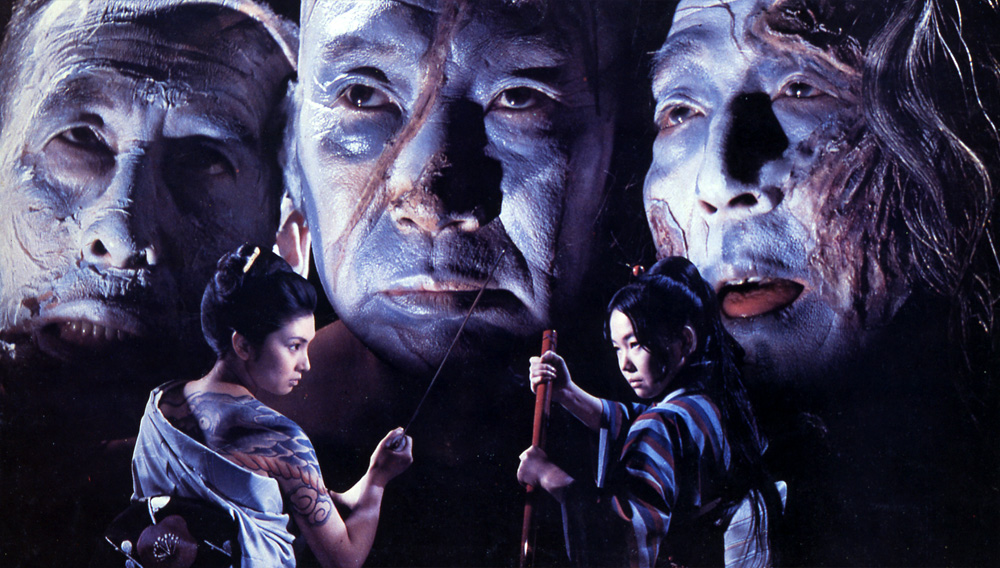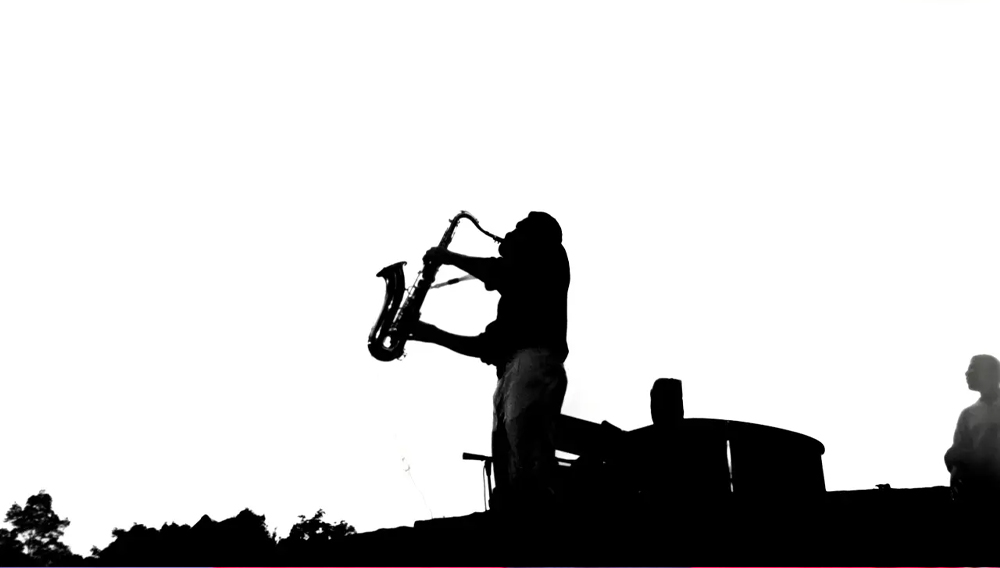Paul Felton introduces an interview in the new issue of the Brooklyn Rail:
Beginning with The Stolen Man (2007) the Argentinian-born director Matías Piñeiro has made films that I can only describe as tantalizingly in-between—in between classical elegance and avant-garde jaggedness, workshop and finished product. The young characters that inhabit the movies are in a perpetual state of rehearsal—not just for art but for life, for some coherent version of selfhood that remains perpetually out of reach—and so bide their time putting on Shakespeare and playing baroque word games, exchanging romantic partners and assuming different identities; they’re both conjurers and pawns in Piñeiro’s not-entirely-unpleasant vision of bohemian purgatory. Like his previous two films—Rosalinda (2011) and Viola (2012)—Piñeiro’s latest, The Princess of France (2014), concerns a company of young actors performing Shakespeare in modern-day Buenos Aires—a radio production of Love’s Labour’s Lost.
“It’s no surprise that the offstage lives of the company members reflect aspects of the play,” writes the New Yorker‘s Richard Brody, “but Piñeiro never makes too much of these parallels. Rather, he illuminates the inner experience of young urban strivers through their passionate but selective approach to artistic classics. The action takes place in streets and bedrooms, studios and museums, and the actors are never word-bound; Piñeiro, a master choreographer, sets them in graceful motion and captures them in fluid, lively images. As romantic intrigues unfold, they don’t just reflect the play; they also influence the production. Piñeiro shows that backstage drama is more than an anecdotal ‘making of’; it’s artistic history in itself.”
“It’s by glimpsing a suspicious inscription in her copy of Love’s Labour’s Lost that [the play’s director] Victor (Julián Larquier Tellarini)… discovers that his girlfriend Paula (Agustina Muñoz) took up with another man during his year abroad,” writes Max Nelson in Film Comment. “As payback, he plans to give her proof of his own infidelity in the form of an incriminating note addressed to him from Ana (María Villar), an on-again, off-again lover with whom he’s recently had a one-night stand. Complicating the situation further are Carla (Elisa Carricajo), a friend of a friend whom he casually, almost incidentally plans to seduce, and Natalia (Romina Paula), an ex of Victor’s who re-enters his life asking for a role in the play. If Victor stands at the center of the movie—the first male character in any Piñeiro film to do so—it’s as a somewhat vaguely defined sexual presence, extending amoeboid gestures of desire wherever he detects the slightest glimmer of interest.”
Ignatiy Vishnevetsky at the AV Club: “Clocking in at just over an hour and composed almost exclusively of extended takes where the camera—its lens long, its aperture wide open—pans between different tight, abstracted close-ups, it plays like a chamber piece for face, voice, and bokeh. Piñeiro is, to my mind, one of the most interesting young filmmakers working today, and The Princess of France… is a showcase for his playful sensibility.”
Piñeiro “and cinematographer Fernando Lockett are constantly framing shots to suggest the possibility of mutual attraction or betrayal, but figures and voices just outside the screen tend to leave matters more complicated,” writes Christopher Gray in Slant. “Not to mention confusing. Like Viola, Piñeiro’s breakout pastiche of Twelfth Night, The Princess of France delights in sowing epistemological uncertainty. Identities and impulses are fluid and uncertain. We learn the names of characters before we figure out which faces to attach them to. Recalling or sussing out the details of their relation to Victor is hard, maybe futile work; so is simultaneously assimilating the film’s Shakespearean dialogue, and puzzling out how and whether it relates to the visuals at hand. Each moment of The Princess of France is dense with information that demands to be mediated, but Pineiro’s calm touch encourages the viewer to enjoy feeling adrift.”
“While The Princess of France is a comedy, it, like the Shakespeare play foregrounded within, is ultimately a dark and bittersweet tragedy,” writes Peter Labuza at the Film Stage. “This is, after all, a story of lovers betraying each other. For every moment that delights in pure bliss, such as a wondrous montage of kisses to mark the passage of time, Piñeiro also cuts deep into that bliss.”
Giovanni Marchini Camia interviews Piñeiro for BOMB. Earlier: Reviews from Locarno.
Update: “The happy paradox of Piñero’s work,” writes Adam Nayman at Reverse Shot, “is that for all its meticulous control—in terms of camera, actors, script, and, especially, tone, which I’d place somewhere in between Jacques Rivette and Hong sang-soo—it’s also modest, starting with those truncated running times and including also the pared-down size of the narratives (everybody and everything in his movies appear to be within walking distance of one another, or maybe a quick bike ride). Parsing the The Princess of France is difficult, but not because Piñero is trying to throw or chasten his audience. He’s moving around within his own frame of reference, and even when that’s a faraway place—how many of us have read Love’s Labour’s Lost lately?—he always makes like Puck and extends a friendly hand in the form of a beautiful composition or an innovative editing maneuver.”
Updates, 10/6: At Twitch, Christopher Bourne calls The Princess of France “a beguiling and charming work that marks an impressive step forward for a young filmmaker who by all indications has a fascinating body of work ahead of him.”
Dan Sullivan talks with Piñeiro for Film Comment.
Update, 10/9: “This is a melancholy film, though its melancholy creeps up slowly, first from Victor’s father, then from Victor himself, as his glib womanizing switches from charming to desperate,” writes Jackson Arn at Criticwire. “When Shakespeare called his actors ciphers, he meant that they were fascinating enigmas, but also zeros. If The Princess of France has a narrative arc, it is the journey from one definition of ‘cipher’ to the other.”
Update, 11/10: Girish Shambu caught the film in Toronto: “Piñeiro gave a scintillating Q&A, leaping from one thought, one association to another. He likened his films to constructions such as Alexander Calder’s mobiles (‘made of iron but the wind comes in by chance and moves them one way or the other, unsettles their structure’).”
NYFF 2014 Index. For news and tips throughout the day every day, follow @KeyframeDaily. Get Keyframe Daily in your inbox by signing in at fandor.com/daily.

